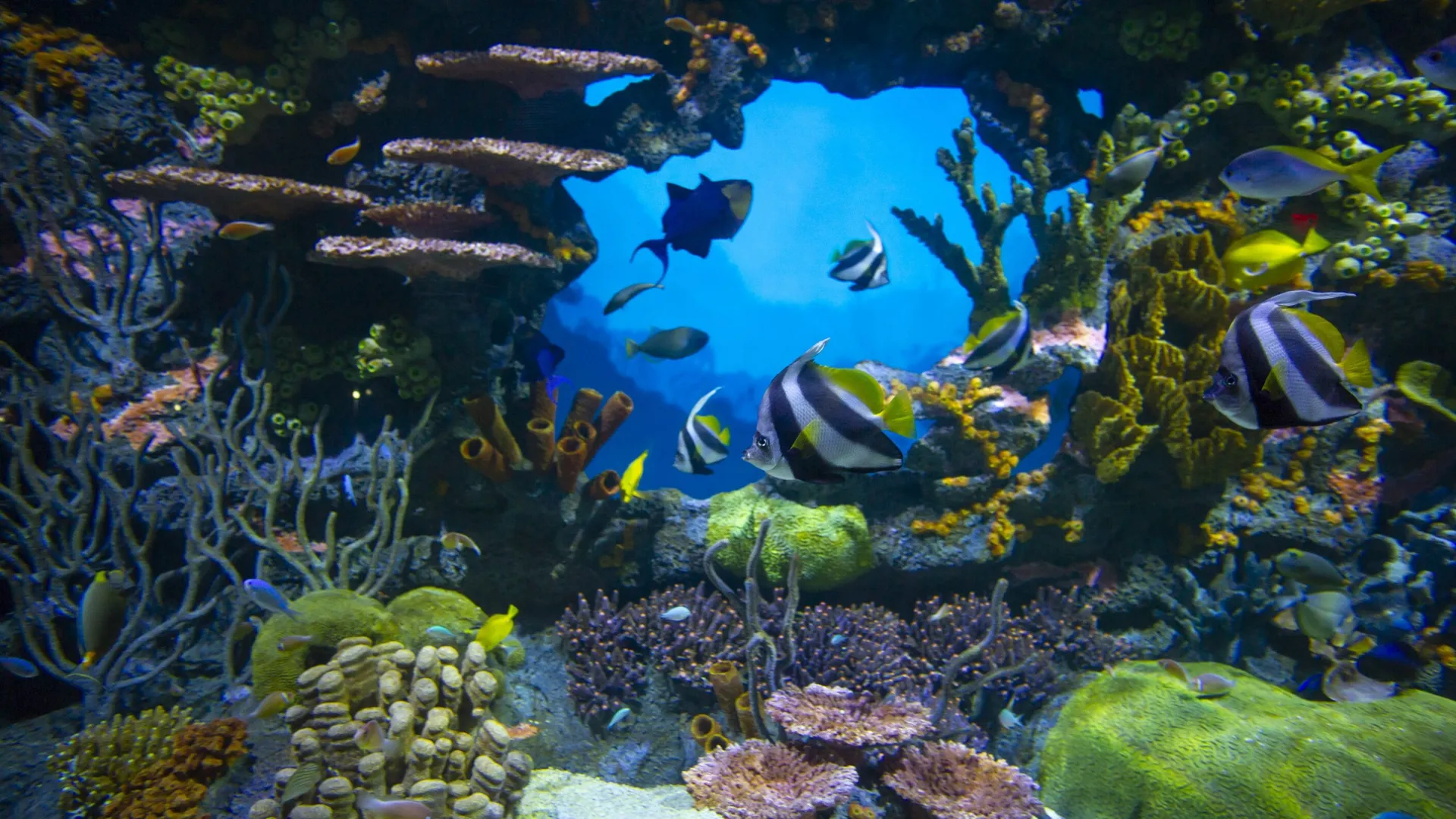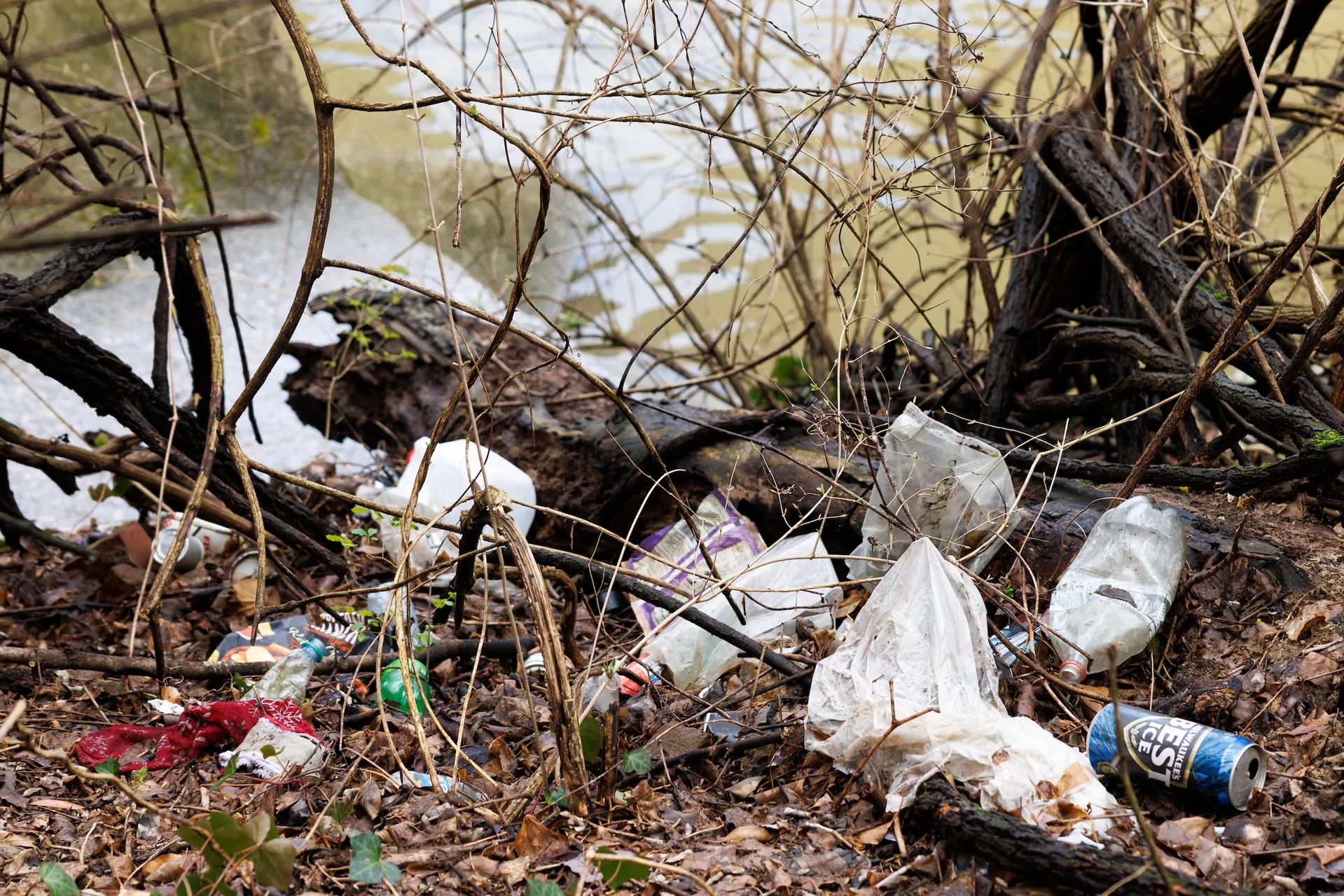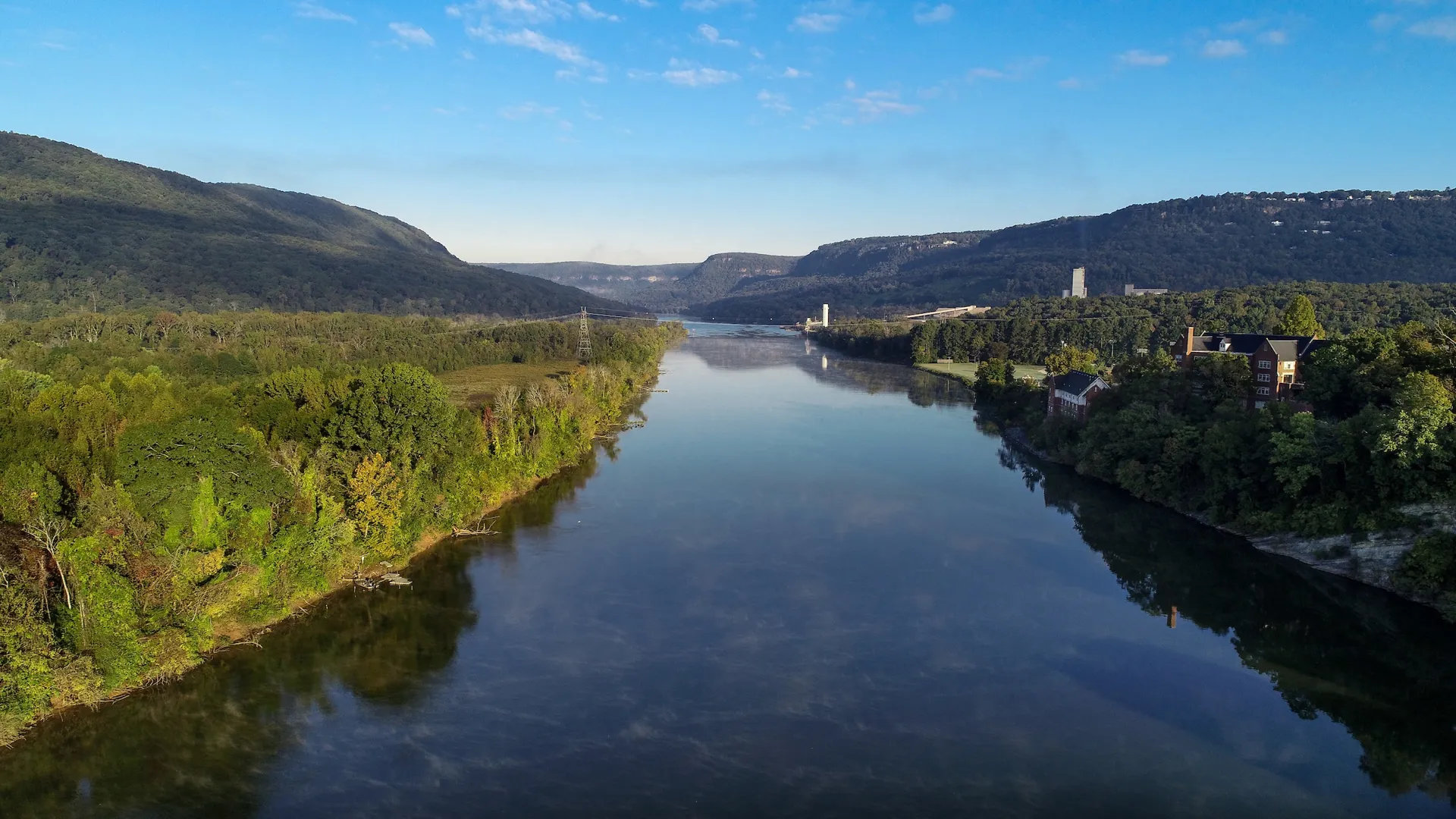Considered across their spectrum of flavors and personalities, rivers are about as charismatic as it is possible for a geographic feature to be.
The Southeast’s rivers shout their rushing way forward over rapids and burble through forested highlands. They amble quietly across marshy deltas in looping, lazy switchbacks and swell beyond moss-draped banks after spring downpours.
Oftentimes, the same river shifts through a cavalcade of personas on its inevitable path to merge with larger waterways en route to the sea.
Historically, mankind has been naturally drawn to rivers as a means of transport, a thoroughfare for commerce, a forum for recreation and a source of sustenance. Great cities often sit, cheek and jowl, with their companion rivers: Cairo and the Nile; London and the Thames; Shanghai and the Yangtze; Rome and the Tiber.
Similarly, many of America’s Southern cities were founded as pioneers encountered rivers on their journey farther inland.
Today, cities like Memphis, New Orleans, Montgomery and Nashville celebrate their waterfronts on the Mississippi, the Alabama and the Cumberland. In Chattanooga, the Tennessee Aquarium and its surrounding bubble of urban development arose from an effort to revitalize a manufacturing-hub-in-decline by reconnecting its citizens with their most valuable asset: the Tennessee River.
No man ever steps in the same river twice.
Heraclitus


Whether to the millions of humans who rely on them for clean drinking water or the countless animals that call them home, rivers are an absolutely vital resource, says Aquatic Conservation Biologist Dr. Bernie Kuhajda.
“You would think most of the fishes on Earth would be in the ocean, but almost half of them are in fresh water, even though it makes up less than 1% of the planet’s water,” he says. “The ocean, even though it’s really big, doesn’t have nearly as many different kinds of habitats as you find in rivers.
“We have an incredible amount of biodiversity in our freshwater systems, and a lot of it is in our big rivers.”
Rivers in the Southeast, in particular, are among the most species-rich on the planet.
Taken together, the drainages of the Mobile Basin and the Tennessee and Cumberland rivers represent just 1.5% of the land area in the United States and Canada. That same trio of watersheds, however, is home to almost half of the freshwater fish species found in those nations.
“This is a small amount of land for that much biodiversity,” says Aquarium Vice President of Conservation Science and Education Dr. Anna George. “Every time I think about or look at the maps that showcase this underwater rainforest that we call home, I get excited all over again about working where we do.”
The Southeast’s abundance of life-rich rivers is a byproduct of its eons-long climatic and geologic stability.
During the last ice age, riverine habitat in Northern and Midwestern states was dramatically altered, fragmented or erased by the advance and retreat of glaciers. In Western states, rivers shriveled under millions of years of hot, arid weather. Meanwhile, Southeastern waterways thrived in a consistently warm, wet environment.
That regional stability — combined with large rivers’ inherent resistance to wild temperature fluctuations — gifted the Southeast with waterways that teem with life, Dr. Kuhajda says.
“Over that long period of geologic time, all of this amazing aquatic biodiversity we have in our backyard evolved and was maintained,” he says. “With a more-stable environment, your ecosystem can get set and have a lot of different things in it and not have to worry about a highly variable system.”
Ask a freshwater biologist to list the most biologically important Southern rivers, and they’ll enthusiastically rattle off a list of evocatively named contenders.
The Duck.
The Paint Rock.
The Clinch.
The Conasauga.
The Cahaba.
The Hiwassee.
“We’ve been taught that, if you want to study biodiversity, you need to be off in the rainforest somewhere or working on a coral reef,” Dr. George says. “What I didn’t realize until later in my career is that, here in the Southeastern U.S., we have amazing life in our rivers as well.”
Today, the rivers of the South and further abroad are as healthy as they’ve been since the wave of urbanization brought on by the second industrial revolution in the latter half of the 19th century. After decades of misuse and unregulated industrial dumping, news coverage of the oil-slickened waters of Ohio’s Cuyahoga River catching fire (multiple times) spurred a national outcry to establish broader protections for American waterways.
The bipartisan passage in 1972 of the Clean Water Act heralded a turning point for American rivers, regulating practices that polluted waterways with the goal of restoring them to a state of being “fishable and swimmable.”
“For more than 50 years now, we’ve had really good protections in place for our rivers,” Dr. George says. “You can see the difference that the Clean Water Act has made. We have rivers here in the Southeast that are healthier now than they’ve been at any time in the past 150 years.
“You see river walks like in Chattanooga all across the country as people realize that a river is not a sewer. It’s not just carrying our waste away from us; it’s a vital hub and can really provide the heartbeat to a city.”
For all their health and seeming robustness, however, rivers everywhere face many challenges born of their importance to both humans and animals. According to the U.S. Geological Survey, rivers are the most common surface source of fresh water used by people, but they represent just 0.0002% of the total water on Earth.
Humanity’s reliance on rivers to survive can often adversely affect the animals that call them home.
Just as glaciation scoured underwater habitats during the last ice age, the alteration of rivers by humans through the construction of dams has had a similarly homogenizing effect on waterways all over the world.
“For millions of years, animals in rivers evolved where there was high water in the spring, flooding out onto the floodplain, lower water in the summer and a variety of habitats — shallow, long ripples and big, deep pools and everything in between,” Kuhajda says.
“When you put in a dam, you basically have one huge, deep pool, and it eliminates a lot of the habitat, and many of the animals that used to live in that river disappear. They’re still in the tributaries to the river, but they’re gone from the big river, proper.”
Just as dams pushed many species out of rivers into tributaries, conservation scientists have similarly shifted their focus to these feeder waterways. Even when it’s taking place far inland, human activity often has a trickle-down impact on larger waterways.
Pollution into rivers with an identifiable origin point (or “point-source” pollution) has been dramatically reduced thanks to regulations imposed by the Clean Water Act. Recently, scientists have begun turning their attention to identifying and addressing more nebulous (aka “non-point-source” pollution) forms of pollution originating further inland.
“The major impacts on rivers today are actually coming from things like developments that are happening far upstream,” Dr. George says. “Big rivers are fed by all these smaller creeks and streams throughout the landscape. Simple changes we make in our households actually end up protecting the river itself.”
We have rivers here in the Southeast that are healthier now than they’ve been at any time in the past 150 years.
Dr. Anna George, Vice President of Conservation Science and Education


In addition to taking part in community clean-up events like the Tennessee River Rescue or Adopt-A-River-Mile initiatives, residents can minimize their impact on rivers through a few simple changes at home.
One of the most common and detrimental forms of non-point-source pollution is sediment and chemicals carried into waterways by rainfall rushing over the Earth’s surface. Homeowners can mitigate the impact of runoff from their property by paying attention to how water behaves around their home during a storm, Dr. George says.
“Take a walk around your property when it’s pouring down rain,” she suggests. “It’s a really great opportunity to see, ‘Is there a way we can slow down the water? Can we stop it from running so quickly across the Earth’s surface back into our rivers?’”
Putting the brakes on the rain flowing across your property can be as simple as installing a rain barrel or planting trees and shrubs with robust root systems that lock dirt in the ground and prevent it from being carried away.
“If we can do anything to slow down the energy of the rainfall and let it absorb back into the soil instead of just rushing away, we can prevent pollution far downstream,” Dr. George says. “That’s one of the most important things we all can do to protect rivers.”
For the next several years, the Tennessee Aquarium Conservation Institute will be working alongside the Natural Resource Conservation Service to identify ideal candidates for Ridges to Rivers, a five-year Regional Conservation Partnership Program.
This $10 million initiative aims to help farmers and other property owners implement land management practices that increase their yields and save them money while also improving water quality in nearby streams that feed into the Tennessee River.
“We’ll be working to help keep the topsoil where it belongs — on the land helping farmers — and out of our rivers, lakes and streams, where it chokes out aquatic life,” Dr. George says. “We’re really excited to reach more landowners and share ways they can help us save and protect our rivers and keep them healthy for future generations through small actions they can take on their properties.”
